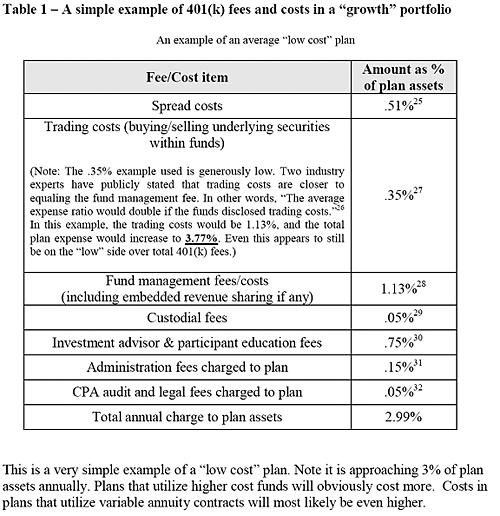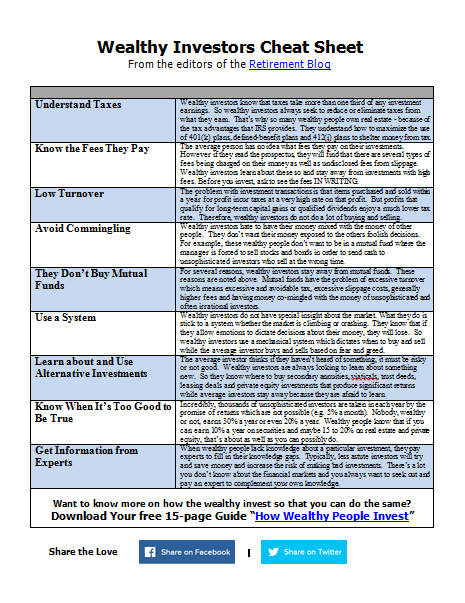There can be no question that saving for your own retirement is a financially sound and important thing for you to do, and one of the most common and popular methods of doing this is by investing in a 401K plan at your place of work. But what you may not know is that not all 401K plans are the same.
If you are like many people in the United States, the chances are that you have had several jobs over your working life and, as a result, still have a number of 401K plans with different former employers. Or perhaps you have recently retired, but aren't yet ready to cash in your 401K plan(s). Whatever your individual circumstances may be, you should be aware that your 401K plans could actually be costing you money.
Under the current laws, not only are the companies administering your 401K plan allowed to charge maintenance and service fees, but they are also not required to inform you what those maintenance and services fees are. Some insurance companies and stock brokerage houses are charging as much as 4% or 5% per year off the top for the plans they administer, which can significantly decrease the annual yield and value of your plan. (There are also fees and charges associated with maintaining IRA accounts and generally there will be management or transaction fees associated with most products).
Specific 401k plan fees that are considered to be “hidden” are:
- Trading costs, commissions between fund managers and brokerage firms
- Soft dollar “excess commissions” paid to brokerages pursuant to Securities
- Exchange Commission (“SEC”) rule 28(e)
- Sub-shareholder (participant) servicing fees - called “sub-transfer agent fees”
- (“Sub-TA”)
- Account distribution (sales) based 12(b)-1 fees
- Account servicing based 12(b)-1 fees
- Unitized variable annuity wrap fees
- Variable annuity mortality costs
- “On-the-fly” pass through fees
- Retail versions of institutional funds (i.e. funds that could be purchased at a lower price but are not, due to fiduciary ignorance)

Hutcheson - Fees in 401(k) Plans 2nd Edition, February 1, 2007 1st Edition, August 2004
There is, of course, very little you can do about a 401K plan you are in at a current employer other than talking to your Human Resources department and, should the fees be excessive, asking if there is another IRA instrument available. However, if you have 401K plans with former employers – or if you have recently retired and not yet cashed in your 401K retirement plan – there are a few things that you can do.
- Take a look at the statements from your 401K plan(s) over the last few years, and see if they appear to be growing at the rate you expected them to.
- Call or write the financial institution administering you plan(s), and demand to see the fee schedules in writing.
- If the fee schedule seems excessive, consider rolling the money over into some other retirement investment instrument.
There is generally no deadline for a direct rollover. This is the most efficient way to maintain the tax-deferred status of your 401(k) plan or other retirement plan distribution. Open your Rollover IRA and tell the benefits administrator of your current 401K plan that you want to directly roll your distribution over to your outside rollover IRA account. However, if your employer issues you a check for the distribution, you must deposit it into an IRA or other qualified plan within 60 days of its issuing date in order to avoid taxation and penalties.
While it may not be time for you to cash these instruments in, it is vital that the dollars you wisely invested in them are earning you the highest possible yield. For an in-depth analysis of your 401K plans, or for other questions you may have about what instrument would be best for you to roll your retirement savings into, call us today, or simply mail in the attached post card.

Leave a Reply